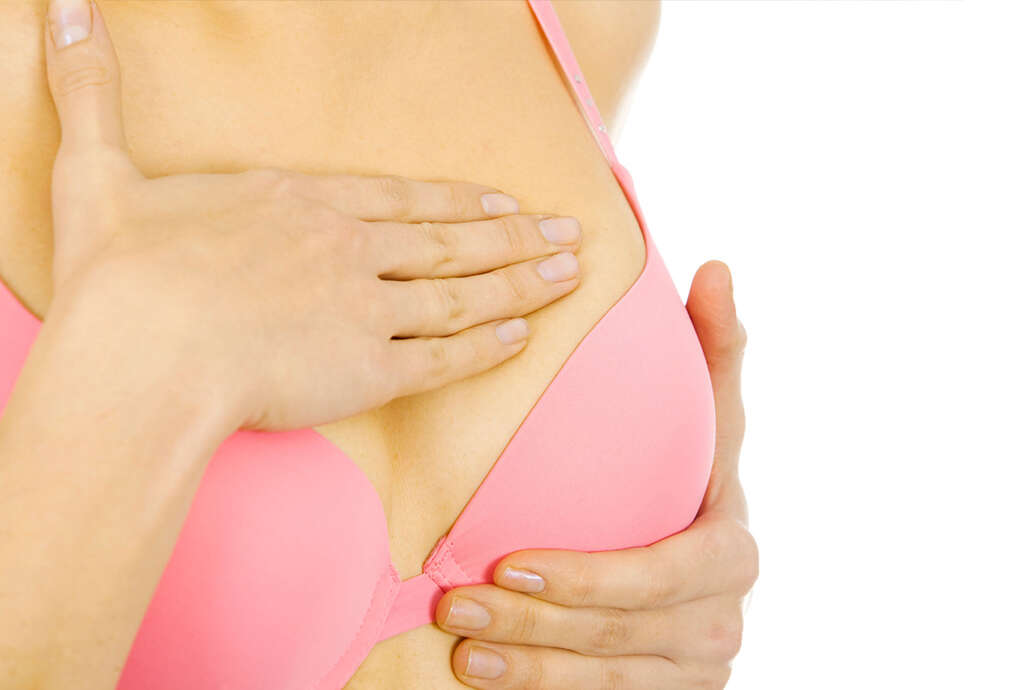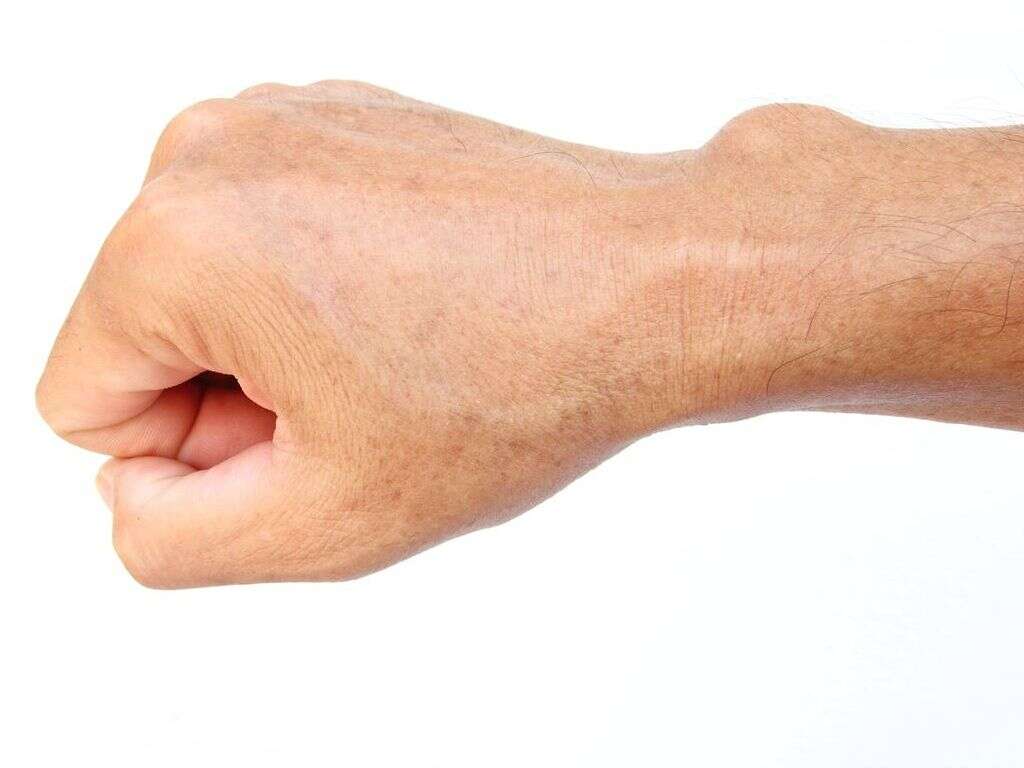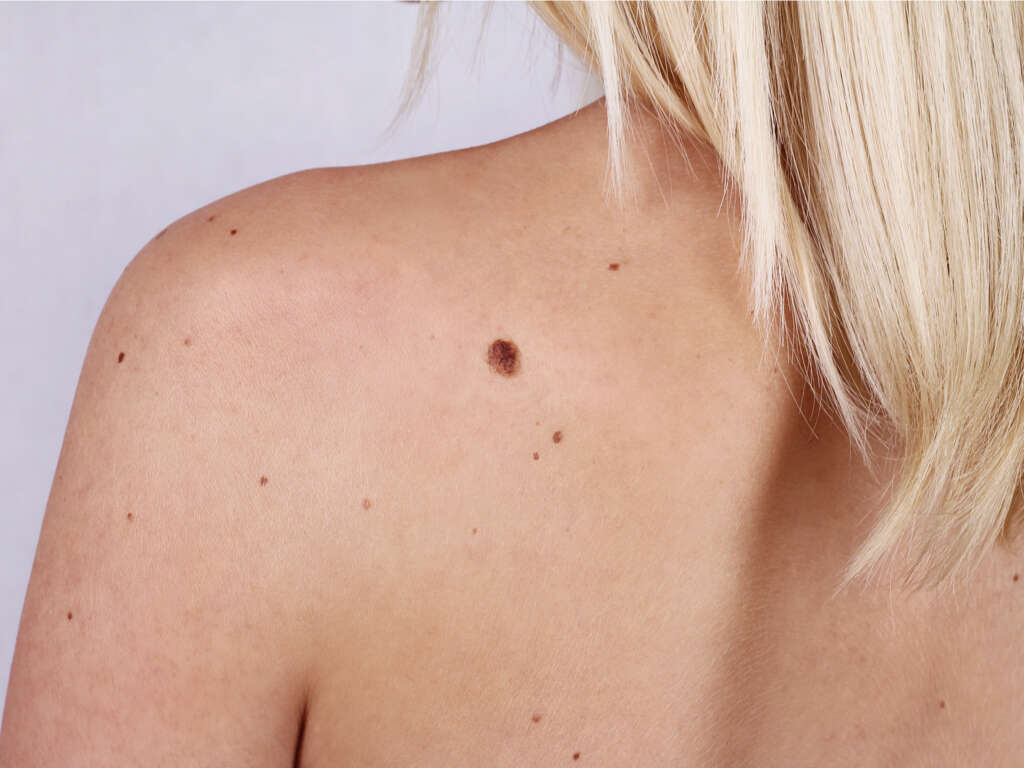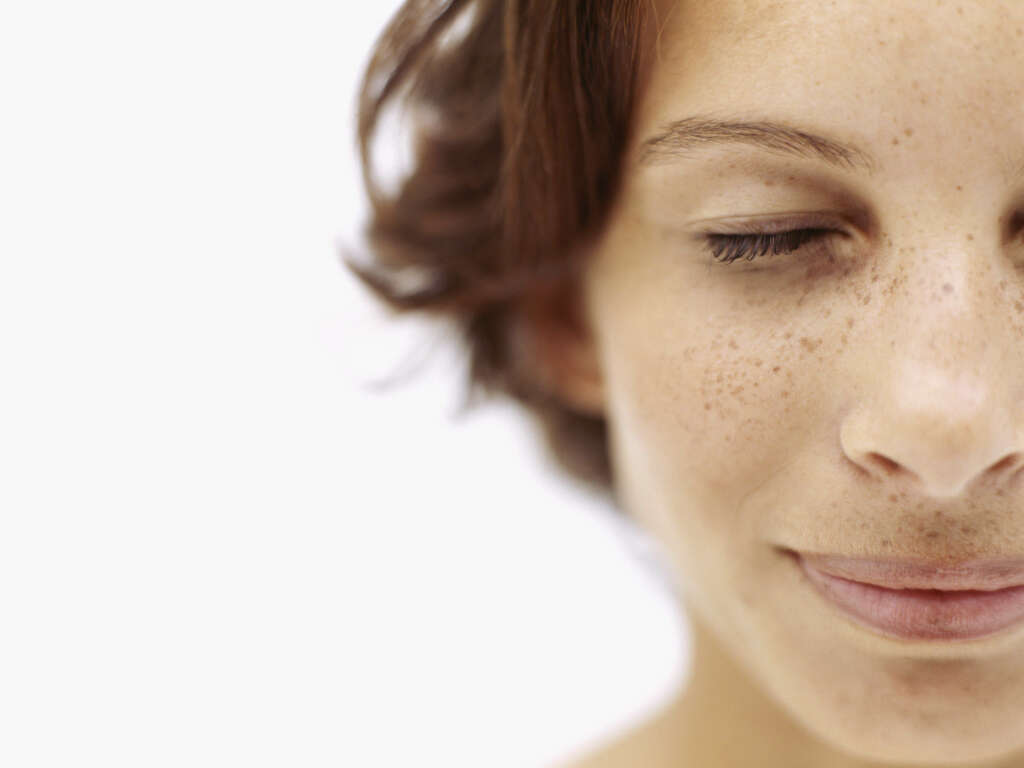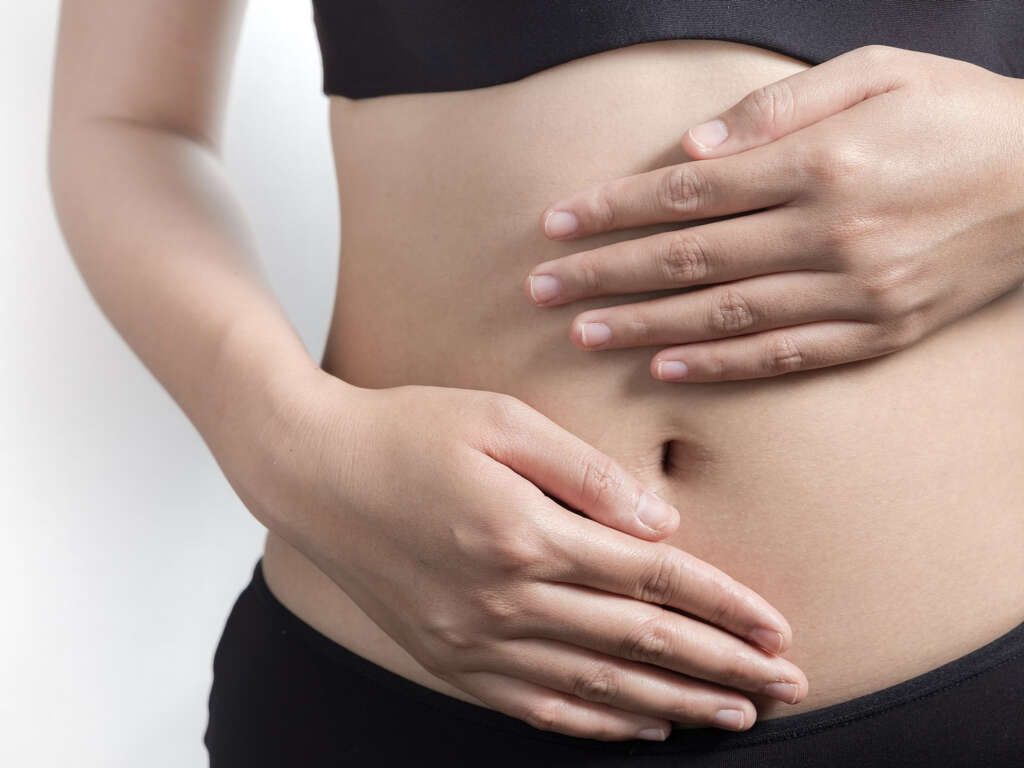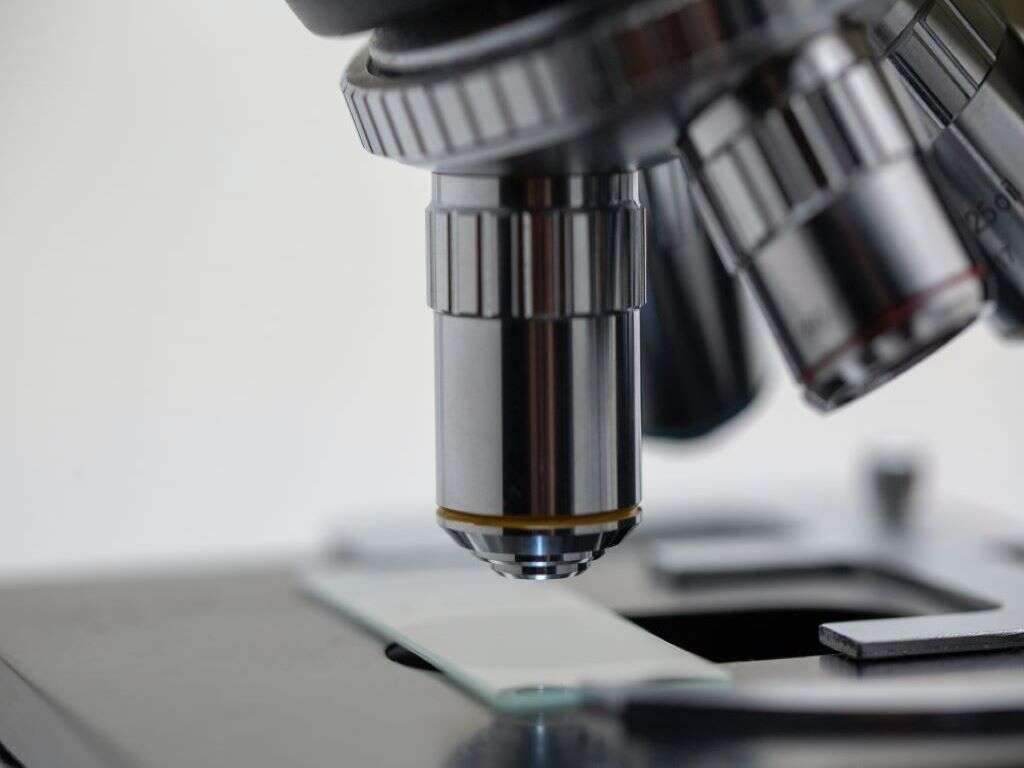10 Common Types of Cysts
A cyst refers to a closed sac where there is a distinct membrane with possible division when compared to the nearby tissue. One of the characteristics of a cyst is the formation of a “shell” or “capsule” which is abnormal when compared with the surrounding cells. The cyst can contain fluids, semi-solid material or air. It should be noted that a collection of a pus is known as an abscess and should not be referred to as a cyst. Once it has formed, it may resolve on its own or may be removed surgically. It is believed that cancer-related cysts are the body’s attempts as a defense mechanism for the body.
Once mutations occur, they may result in uncontrolled cellular division resulting in the formation of a tumor. The body then tries to encapsulate these cells to prevent division and growth of a tumor, which is known as a cyst. However, the cells can mutate further while gaining the ability of forming their own blood vessels which nourish them and play a crucial role in their growth and development. Once that occurs, the capsule loses its function and the tumor may proceed from being benign to invasive.
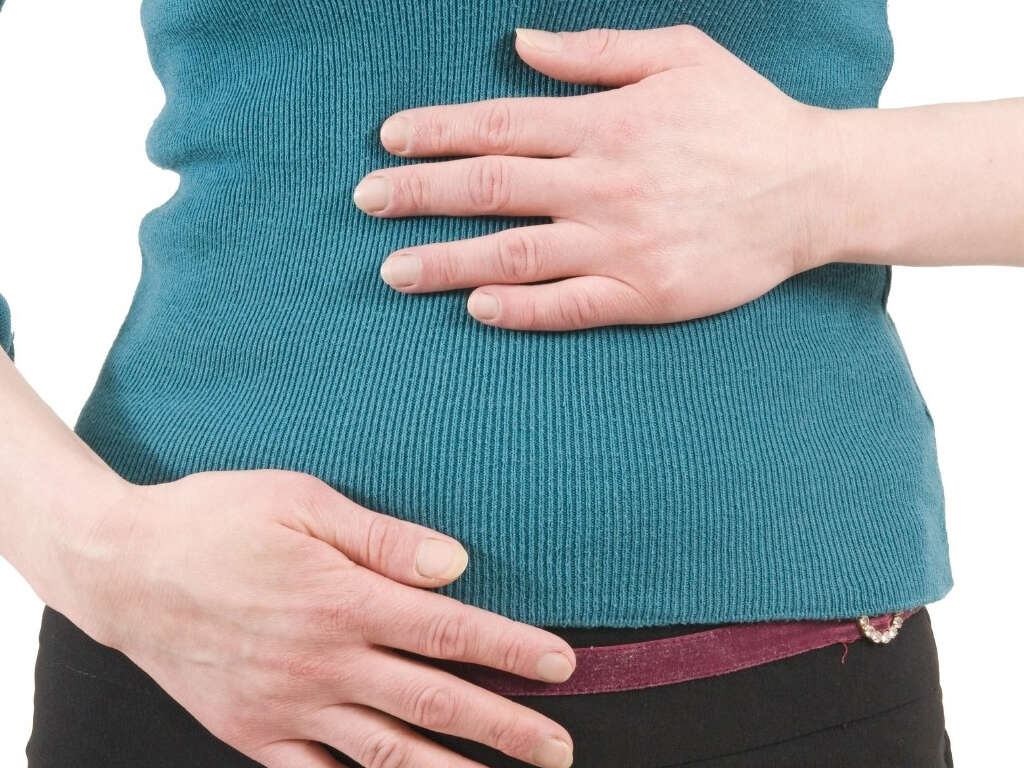
Type Of Cysts #1: Pilar Cyst
A pilar cyst is a cyst that is formed from a hair follicle and is most often seen on the scalp. Pilar cysts are usually mobile, smooth, and filled with keratin. Also known as a trichilemmal cyst, these cysts usually tend to develop in areas where there are high concentrations of hair follicles.
Therefore, approximately ninety percent of cases occur on the scalp where thirty percent of cases have a solitary cyst, while seventy percent are cases with multiple cysts. The treatment for a pilar cyst is surgery that can be performed under local anesthetic or a punch biopsy.
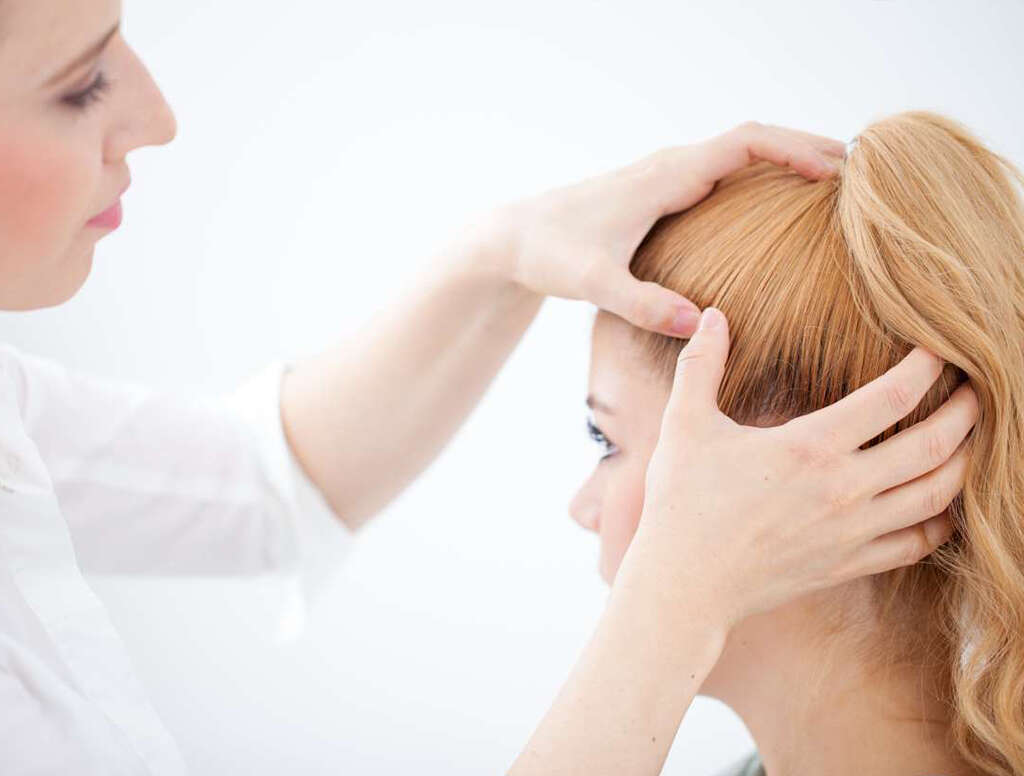
Type Of Cysts #2: Epidermoid Cyst
An epidermoid cyst is found on the skin. It develops out of ectodermal tissue and is histologically made of squamous epithelium. Although it is usually asymptomatic, the cyst can be tender (when touched). Epidermoid cysts are usually found on parts of the body with less hair.
Usually benign, there are also rare cases where malignant rumors arise from an epidermoid cyst. It is believed that it occurs when epidermis is implanted into the dermis due to surgery or trauma.
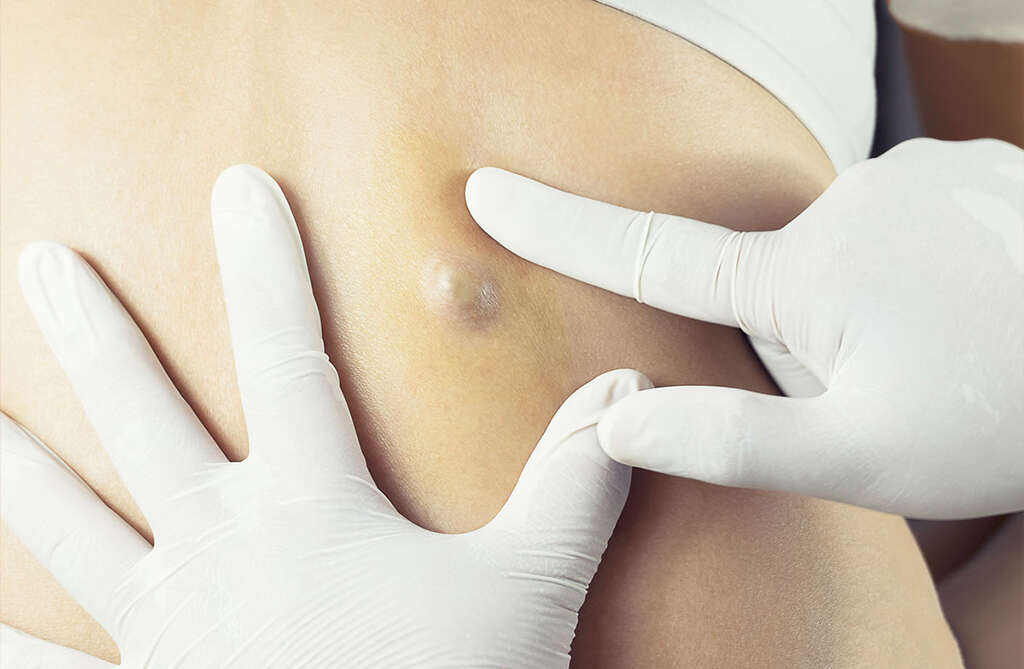
Type Of Cysts #3: Chalazion (Cyst)
A chalazion refers to a cyst that occurs in the eyelid due to blockage of the oil gland. It is usually seen in the middle of the eyelid. It can gradually become bigger over the course of several weeks. A chalazion can develop from a stye (a bacterial infection of the oil gland in the eyelid).
Patients often present with eyelid tenderness, painless swelling, increased tearing, redness of the conjunctiva, and heaviness of the eyelid. The treatment for a chalazion includes the use of warm compresses to encourage drainage. If this does not work, other options such as steroid injections or incision and drainage can be performed.
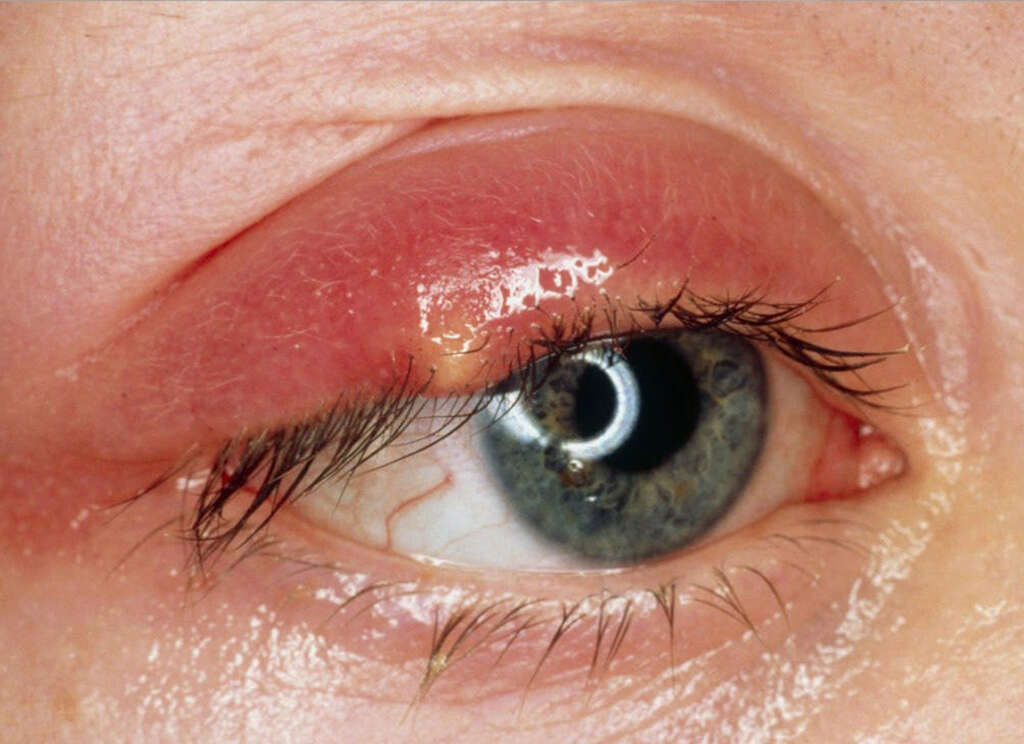
Type Of Cysts #4: Renal Cyst
A renal cyst is a collection of a fluid in or on the kidney. Since most renal cysts are benign, they can be simply monitored without the requirement of any intervention. However, renal cysts that are suspected to be cancerous should be removed through a surgery known as nephrectomy.
In cystic kidney diseases such as medullary sponge kidney and polycystic kidney disease, numerous renal cysts can be seen. It is estimated that as many as twenty-seven percent of individuals who are more than fifty years of age may have renal cysts that are asymptomatic.
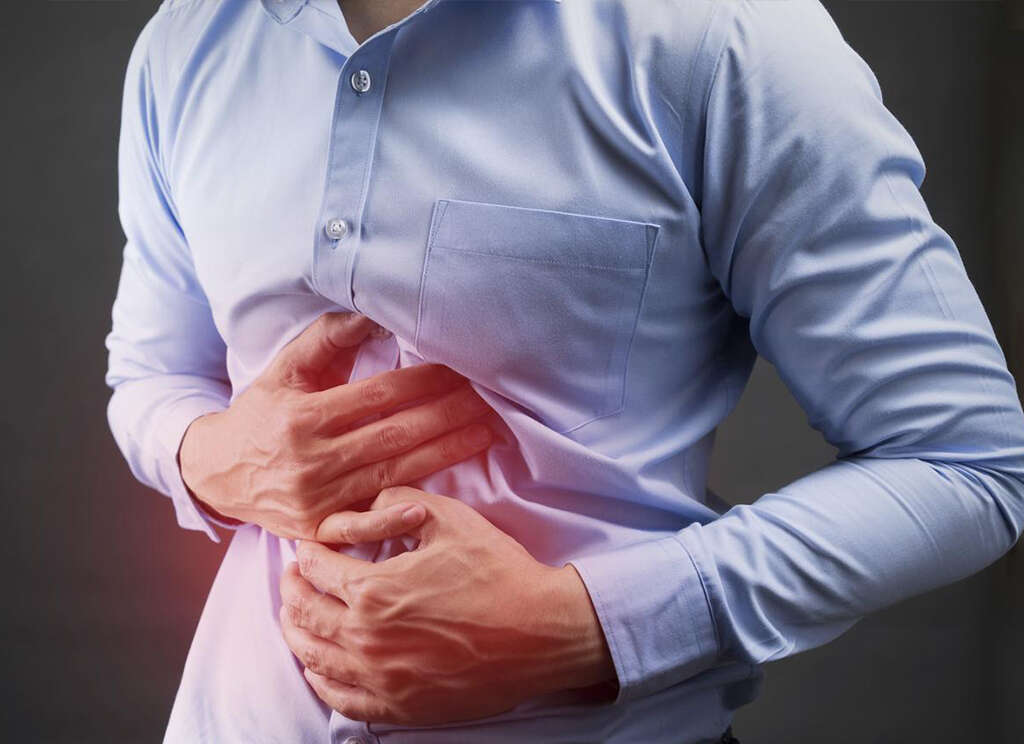
Type Of Cysts #5: Polycystic Ovarian Syndrome
Polycystic ovarian syndrome, PCOS, is a condition where there are elevated androgens in females causing irregular or absent menstrual periods, hirsutism, pelvic pain, acne, heavy periods, and difficulty conceiving. PCOS can be associated with obstructive sleep apnea, type 2 diabetes, obesity, mood disorders, heart disease, and endometrial cancer. The risk factors of PCOS include inadequate exercise, obesity, and positive family history.
While there is no cure for PCOS, the treatment can help control symptoms and involve lifestyle changes, birth control pills to help regulate the menstrual cycle, antiandrogens, and metformin to help with hirsutism and acne. PCOS affects about two to twenty percent of those between the ages of eighteen to forty-four.

Type Of Cysts #6: Ganglion Cyst
A ganglion cyst is a fluid filled sac associated with a tendon sheath or joint. It is most commonly seen at the back or front of the wrist. While it usually does not cause any issues, some patients may report feeling numbness or pain. It can also cause compression of the median nerve leading to carpal tunnel syndrome.
It is believed that a ganglion cyst occurs when there is an outpouching of the synovial membrane. It is commonly seen among gymnasts. Treatment options involves observation, splinting, needle aspiration, and surgery. Approximately 50% resolves on their own.
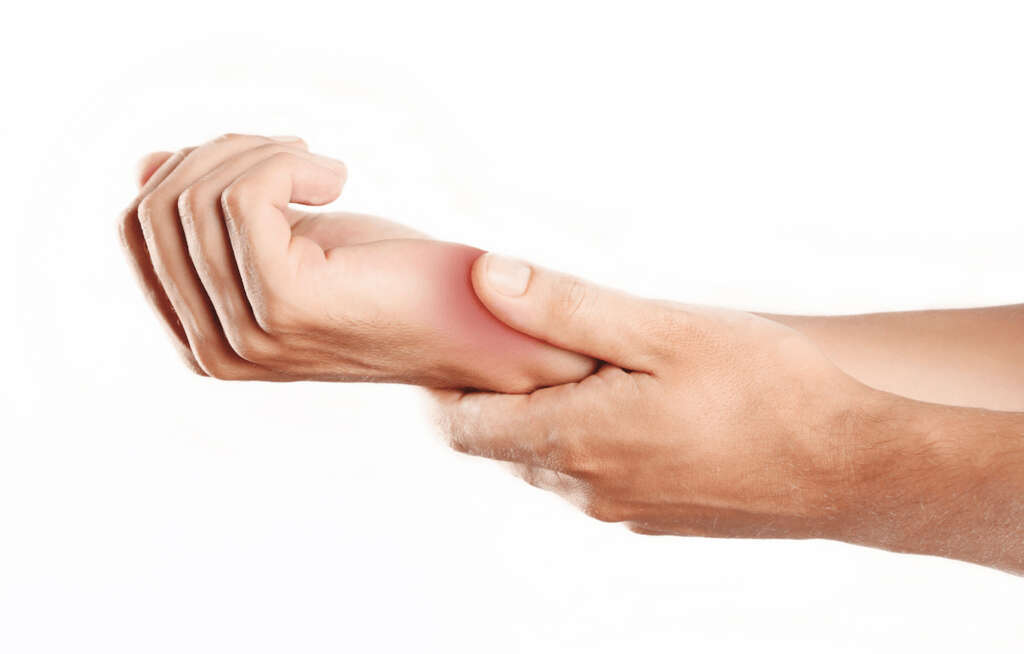
Type Of Cysts #7: Pilonidal Cyst
A pilonidal cyst is a condition where the skin between the cheeks of the buttocks are infected causing issues such as swelling, pain, redness, fluid drainage, and (rarely) fever. The risk factors for pilonidal cysts include positive family history, obesity, greater amount of hair, inadequate exercise, and prolonged sitting. If the cyst is infected, treatment may involve incision and drainage.
To prevent the recurrence of a pilonidal cyst, shaving of the area may be beneficial. Approximately 3 in 10,000 individuals are affected annually. This condition is more commonly seen among males compared to females.
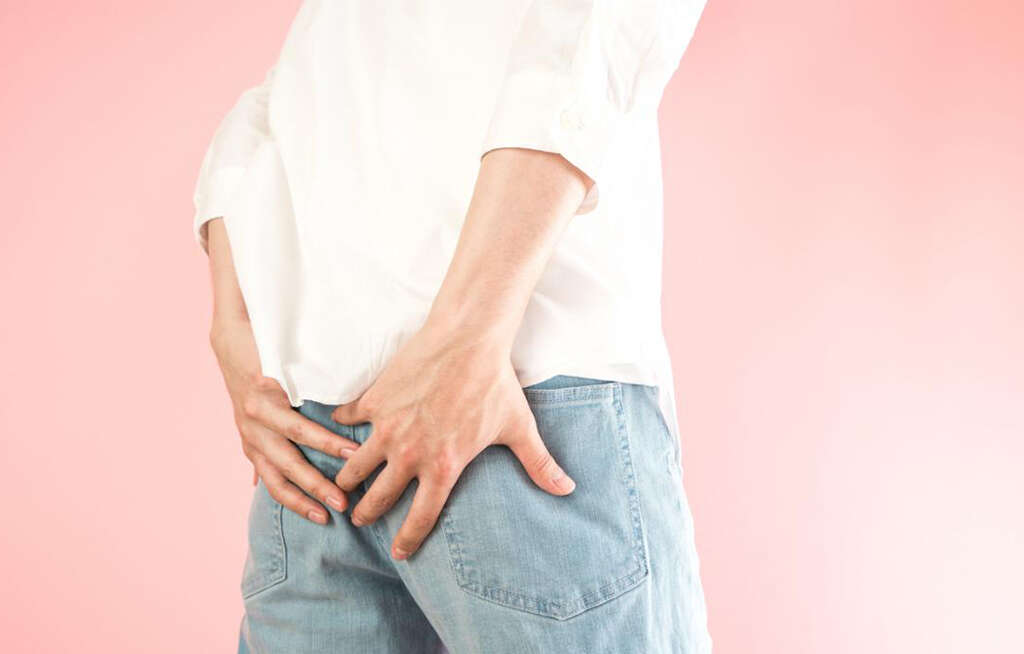
Type Of Cysts #8: Chocolate Cyst
A chocolate cyst refers to fluid filled cysts that are noncancerous. The name is derived from the brown and tar-like appearance that can look like melted chocolate. Chocolate cysts are also known as ovarian endometriomas.
The color of the chocolate cyst is from old menstrual blood or tissue that has filled the cyst. It can be seen in one or both ovaries and can occur as a single cyst or multiple cysts. Chocolate cysts are estimated to occur in 20 to 40 percent of women who experience endometriosis.
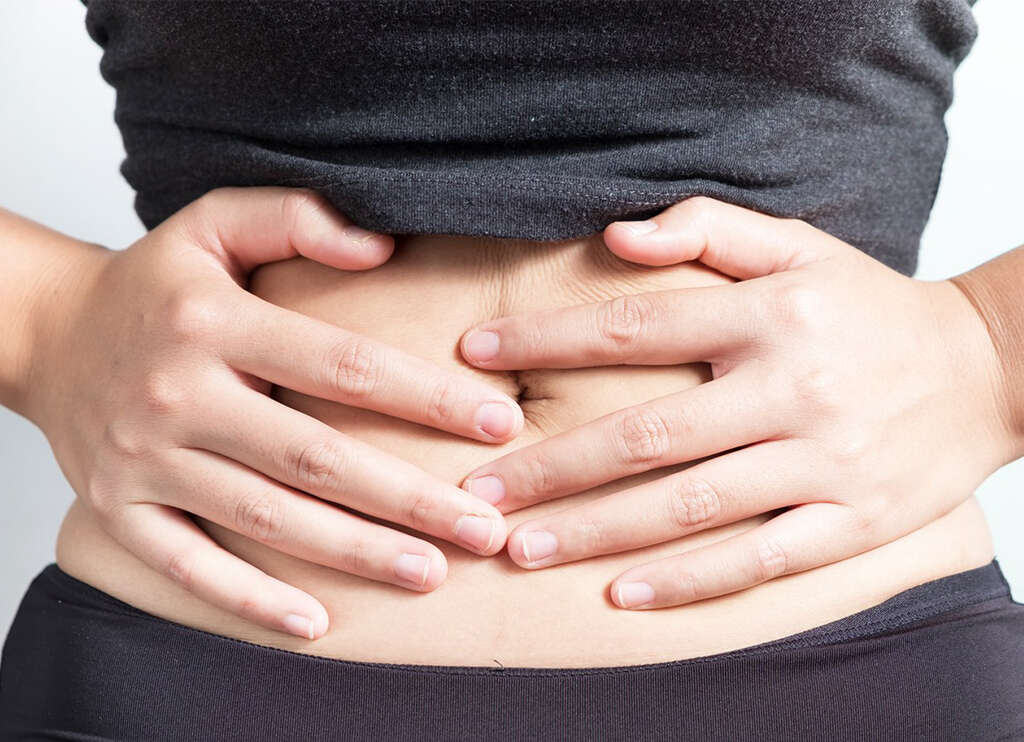
Type Of Cysts #9: Thyroglossal Cyst
A thyroglossal cyst is formed from a persistent thyroglossal duct. It can appear as an irregular neck mass or lump that has developed due to the tissues and cells that are left over after the thyroid gland has formed during the developmental stages. Thyroglossal cysts are one of the common causes of midline neck masses usually below the hyoid bone.
Most thyroglossal cysts are asymptomatic besides the palpable midline neck mass. This lump or mass will move during swallowing or tongue protrusion as it is attached to the tongue through the thyroid descent tract. Some patients may present with dysphagia or neck pain.
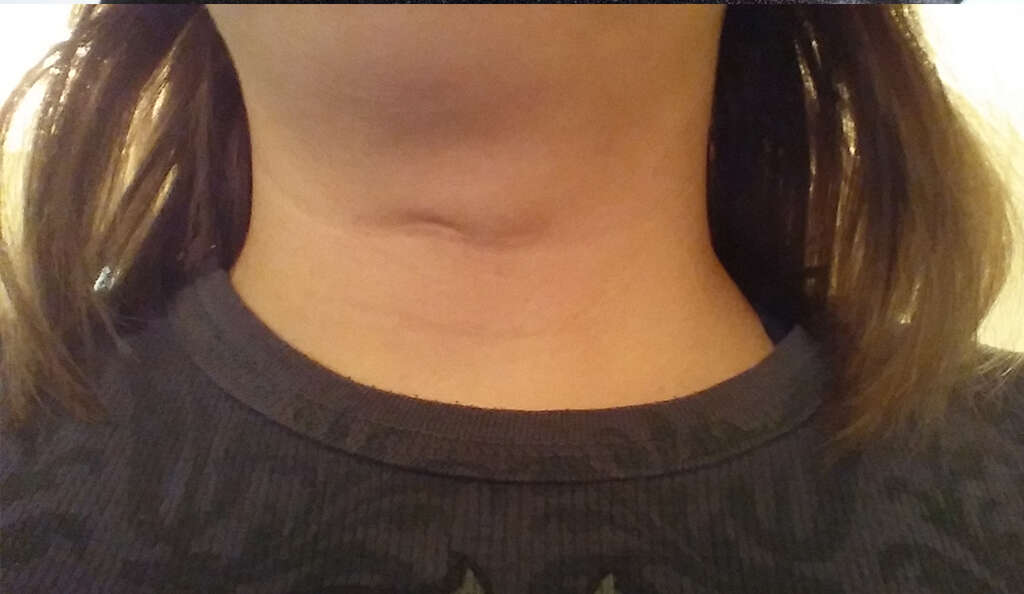
Type Of Cysts #10: Breast Cyst
A breast cyst is a sac within the breast that is filled with fluid. There can be one or more cysts in the breast. Often described as oval or round lumps that has a distinct edge, the cyst is usually soft and can be described like a water balloon. In some cases, it can feel firm.
While it may be painful and worrying, breast cysts are usually benign and most commonly seen in women who are in their 30s or 40s. After menopause, these breast cysts usually resolve but can reappear if hormone therapy is used. Breast cysts are also common among adolescents.
